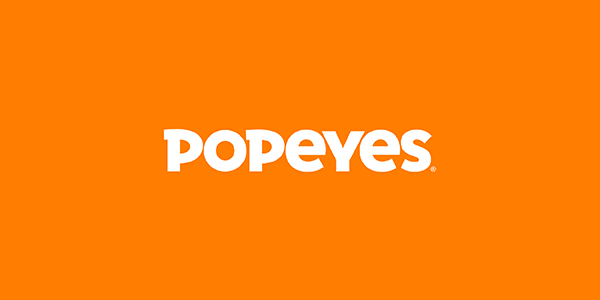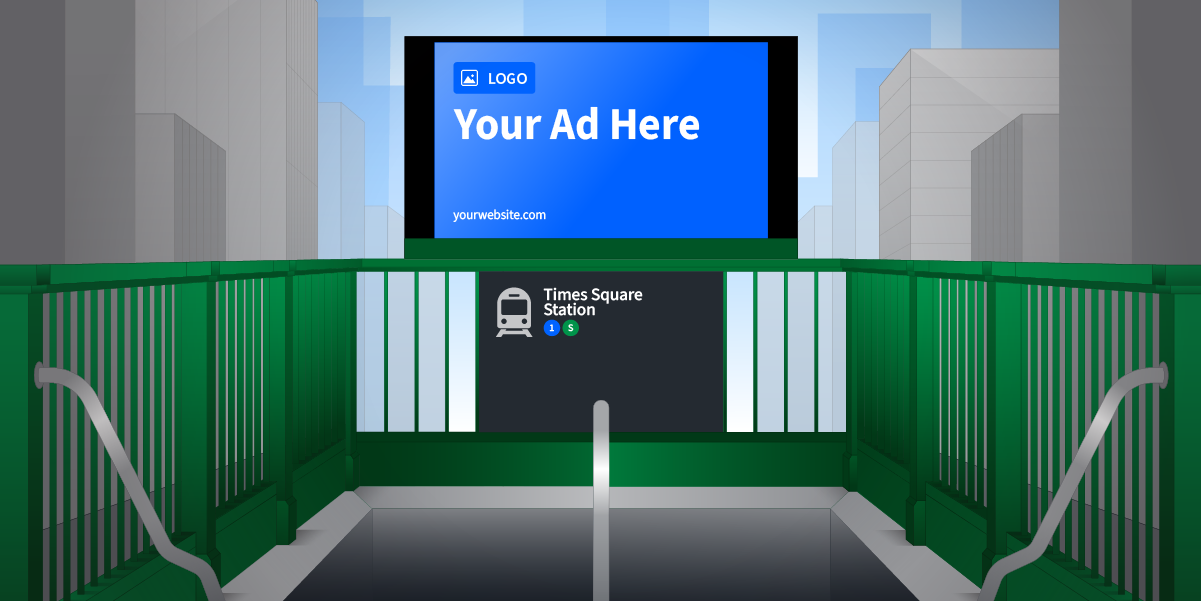4 Reasons to Run Digital Marketing Political Campaigns in 2024

Since 2008, digital political ad spend has been consistently growing. Candidates have identified that they can reach voters in ways that weren’t possible in past election cycles with the scale and speed that only programmatic allows.
Digital marketing political campaigns provide tons of opportunity to influence voters by offering a method for reaching voters where they are—which is increasingly online.
Despite US midterm elections having traditionally lower voter turnout, advertisers hit record high spends per vote in 2022. It’s forecasted that this trend will continue into the 2024 election season with political advertising spending easily surpassing $10 billion USD. In fact, it’s being projected that political ad spending will top $11 billion USD in 2024.

These projections mean that if there’s a moment to embrace digital marketing for your political campaigns, that moment is now. With the 2024 election just around the corner, a digital strategy will help drive the results your candidate wants.
4 Benefits of Digital Marketing For Political Campaigns
Let’s dive into 4 digital marketing strategies that can be leveraged for political campaigns.
Benefit #1: Achieve Greater and More Granular Reach
Programmatic allows you to connect with voters across all of their devices, capturing when and where they’re paying attention. Here are some of the other benefits of leveraging programmatic for your political campaigns.
Programmatic offers huge potential audience reach because most users are online. In the US, there are 302 million active internet users, and many of these users are potential voters that you can target, narrowed down by your ideal voter demographic.
With programmatic advertising, you can directly reach your ideal voters for any given goal by narrowing down the pool that you target. You can target by geolocation, congressional district, or even by context to ensure you reach voters who are receptive to your messaging. Granular targeting helps you to reach the right voters in the right moments.
Benefit #2: Reach Digitally Engaged Voting Generations
Most voters today are active online. Understanding how each generation is interacting with digital channels, as well as their current relationship to the political landscape, will help candidates tailor their advertising efforts for the best results.
- Baby boomers have the largest share of the voting-eligible population—and older generations have historically been more likely to turn out and vote. But, the baby boomer voting-eligible population peaked in size at 73 million in 2004, which signals their slow decline in voting power.
- Gen X and Millennials are approaching the baby boomers in their share of the American electorate. Since entering the electorate in large numbers in the 2004 election, millennial voter turnout has been increasing. They turned out in force in the 2020 US election, and we can expect this trend to continue in 2024.
- Gen Z are a voting generation, similar to millennials. They are known for being both socially conscious as well as practical, and these traits drive their voting patterns. Gen Z is also the most diverse generation in the history of the US and this informs their voter preferences.
Benefit #3: Capture the Attention of Voters with Programmatic Formats
Sixty-five percent of adults in the US gather information about upcoming elections through digital channels. This means you can reach your audience where they’re engaged with a digital environment across a wide variety of formats and channels. Connected TV (CTV) and programmatic audio are two channels to consider for your 2024 campaign strategy:
Connected TV
CTV spend increased by 1,500% in the 2022 US election, amounting to a total of $1.5 billion USD (half of the total digital ad spend). According to eMarketer, 69% percent of the US population will use a CTV device in 2024, and so it’s expected that digital TV ads will account for more ad spend across mobile, desktop, and tablet.
Leverage CTV to grow your audience and collect a retargeting pool based on video completions. You can also build a retargeting list based on video starts, which is ideal for outstream, in-stream, and pre-roll for digital video.
Programmatic Audio
In recent years, there’s been rapid growth in audio content and we’ve seen growth in digital audio advertising spend, too. Audio reaches listeners right in their ears, capturing voters’ attention, so you can be sure your messaging is really heard.
With programmatic audio, you can strategically target premium-digital audiences against traditional broadcast metrics, such as geography, day-part, or format. You can use the same audience targeting parameters from video, mobile, and cross-device campaigns, or you can leverage data from partners to target specific demographics or interests.
Benefit #4: DSP Features Support a Successful Political Campaign Strategy
When running digital marketing political campaigns, you’ll want to partner with a demand-side platform (DSP). The right DSP will have features and support that will help you plan your campaign, launch it, and optimize it, smoothly and quickly.
With the rise in early voter numbers, the time to plan your digital campaign for the 2024 US presidential election is fast approaching. It’s important to consider all the tools you’ll need to run your campaign, and ensure that your programmatic platform offers them.
Some key programmatic features for political campaigns to look out for include:
Forecasting: A feature that can be leveraged to better understand how your campaign is going to scale and perform before you spend at all.
CRM direct upload: Supports the simple and fast uploading of CRM data directly into your DSP. From there, you can use pixels to retarget voters who have expressed interest.
Geotargeting: Enables you to deliver content to an audience using the geographic location information of the recipient, for example country, state, US county, city, zip code, or US congressional district.
Geo radius targeting: Leverage geo radius targeting (also known as geofencing) to build a geofence around a location where you know your audience is found. It could be a campaign district, a location, or a building where a campaign rally is being held.
Lookalike audiences: Using a pixel, this feature allows you to reach potential voters who are likely to share similar interests and behaviours with your existing voter pool.
Contextual targeting: Enables you to target niche phrases that are related to a campaign’s platform, or to the political concerns of your target audience. This targeting methodology reaches users when they are in a receptive frame of mind.
Candidate lift: A candidate lift study is a form of brand lift that helps you to get a sense of what issues voters care most about, if they are planning to vote, and who they are planning to vote for. You can then retarget or suppress users based on their responses.
Launch Your Digital Marketing Political Campaigns
Digital ad spend on political campaigns has been steadily growing, and the 2024 US presidential election is projected to continue the growth trend.
Political advertisers can take advantage of this increasingly digital landscape by leveraging programmatic advertising. In 2024, be sure to plan, prepare, and implement digital political campaigns that reach the right voters.
Want to run exceptional political advertising campaigns? Request a demo to learn more about StackAdapt.







